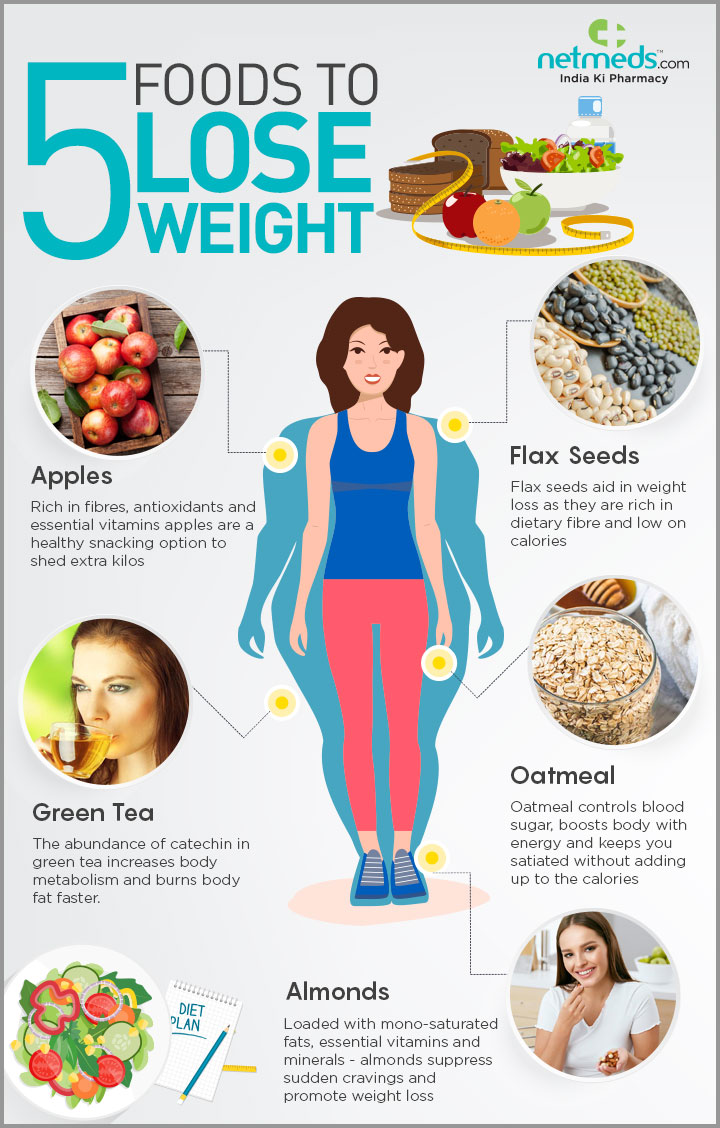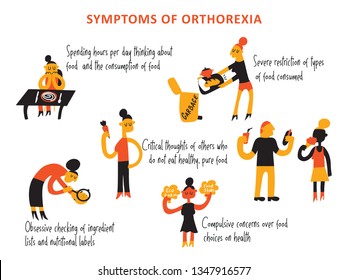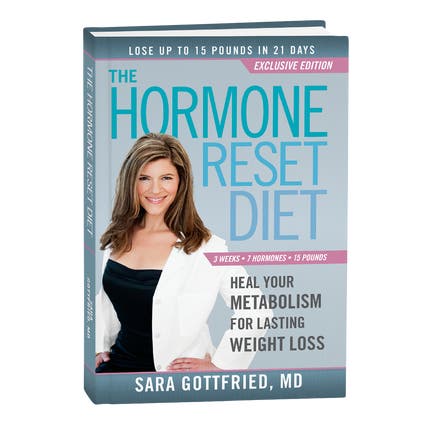
Most people believe they need more protein than actually exist. However, most packaged foods contain sugar and artificial coloring. Besides, these foods are usually highly processed, containing additives, trans fats, and hydrogenated oils. If you don't want to eat these foods, try substituting them for healthier ones. Cooking with lean meat and vegetables is a healthier choice.
Another misconception is the belief that foods high on sugar are high calorie. These items are not good for you health and may even taste great. Many of these products are full of bad fats and sugars which can adversely affect your overall health. However, vegetables and fruits contain plenty of fiber and other essential nutrients. These foods should be avoided in order to keep your body healthy and prevent any future diseases from occurring. This is why fruit is an essential part of a healthy diet.

Although these foods might be delicious, they are not good for your health. These foods are full of unhealthy fats, calories, and can have a negative effect on your health. Opt for fruits and veggies instead. Both are great sources of nutrition. These are good sources of nutrients, but you should eat them in moderation. These snacks are great for your health. Organic foods are the best for your health. They're more delicious and healthier than traditional foods.
Although eating fruits and veggies is good for your health, there are some that are not. These include peas (corn), squash, and potatoes. They are not healthy for you because they have low levels of vitamins. These foods have high amounts of calories which makes them not recommended for your diet. However, if you do choose to eat these foods in moderation, you'll be eating less of these processed foods and being healthier for it.
Labels on foods can be deceiving. For example, "multigrain bread" may be a false label. This type of bread must be made from 100 percent whole grain flours and should not contain refined flours. Many "healthy foods" are high in sugar and fat, which makes them taste bad. Many popular healthy food products can also be harmful for your health. Uncertain of the brand's quality or nutritional value will make it impossible to judge its quality.

You need to be aware that there are many things you should consider when selecting healthy foods. For example, avocados are a healthy choice, but they're high in fat. Avocados are best eaten one avocado per day. Ice cream and chocolate are other foods that might not seem healthy.
FAQ
How can I determine what is best for my health?
You need to listen to your body. Your body knows what you need when it comes time to eat, exercise, and get enough rest. Your body will tell you what to do so that you don't go overboard. Be aware of your body and do what you can to maintain good health.
Exercise: Is it good or bad for immunity?
Exercise is good to your immune system. Your body creates white blood cells when you exercise that fight infection. Your body also eliminates toxins. Exercise is a great way to prevent heart disease, cancer, and other diseases. It reduces stress.
But, too much exercise can lead to a weakening of your immune system. When you exercise too hard, your muscles will become sore. This causes inflammation and swelling. To fight infection, your body will produce more antibodies. Problem is, extra antibodies can trigger allergies and other autoimmune conditions.
So, don't overdo it!
How do you get enough vitamins?
You can get most of the daily nutrients you need through your diet. Supplements are an option if you are low in any vitamin. You can take a multivitamin supplement that contains all the vitamins you need. Or you can buy individual vitamins from your local drugstore.
Talk to your doctor if there are any concerns about getting enough nutrients. For example, dark green leafy vegetables such as spinach, broccoli, kale, collard greens, turnip greens, mustard greens, bok choy, romaine lettuce, arugula, and Swiss chard are rich in vitamins K and E. Other good sources include oranges, tomatoes, strawberries, cantaloupe, carrots, sweet potatoes, pumpkin, and squash.
Ask your doctor for advice if you are unsure how much vitamin to take. Based on your medical history and your current health, your doctor can recommend the correct dosage.
How to measure your body fat
A Body Fat Analyzer is the best way to measure body weight. These devices are used to determine the percentage of bodyfat in people who desire to lose weight.
What are 7 tips for a healthy and happy life?
-
Eat right
-
Exercise regularly
-
Sleep well
-
Get plenty of water.
-
Get enough sleep
-
Happy!
-
Smile often
What are the ten best foods to eat in America?
The 10 best foods to eat include:
-
Avocados
-
Berries
-
Broccoli
-
Cauliflower
-
Eggs
-
Fish
-
Grains
-
Nuts
-
Oats
-
Salmon
Statistics
- This article received 11 testimonials and 86% of readers who voted found it helpful, earning it our reader-approved status. (wikihow.com)
- The Dietary Guidelines for Americans recommend keeping added sugar intake below 10% of your daily calorie intake, while the World Health Organization recommends slashing added sugars to 5% or less of your daily calories for optimal health (59Trusted (healthline.com)
- WHO recommends consuming less than 5% of total energy intake for additional health benefits. (who.int)
- nutrients.[17]X Research sourceWhole grains to try include: 100% whole wheat pasta and bread, brown rice, whole grain oats, farro, millet, quinoa, and barley. (wikihow.com)
External Links
How To
What does the meaning of "vitamin?"
Vitamins can be described as organic compounds found in food. Vitamins are necessary for us to absorb nutrients in the foods we consume. Vitamins are not made by the body, so they must be obtained through food.
There are two types vitamins: water soluble or fat soluble. Water soluble vitamins dissolve easily in water. Vitamin C,B1(thiamine), B2 (2riboflavin), and B3 (3niacin), as well as vitamin C,B1, B2 (riboflavin), and B3 (niacin), vitamin B6 (pyridoxine), vitamin folic acid (biotin), pantothenic, and choline are examples. Fat-soluble vitamins can be stored in the liver or in fatty tissue. Examples include vitamin D, E, K, A, and beta carotene.
Vitamins are classified based on their biological activity. There are eight major types of vitamins:
-
A – Essential for normal growth, and the maintenance of good health.
-
C – essential for proper nerve function.
-
D - essential for healthy bones, teeth, and gums.
-
E is required for good vision and reproduction.
-
K - Essential for healthy muscles and nerves.
-
P – vital for building strong bones.
-
Q - Aids digestion and iron absorption
-
R - Red blood cells are made from red blood cells.
The recommended daily allowance (RDA) of vitamins varies depending on age, gender, and physical condition. The U.S. Food and Drug Administration has established the RDA values.
For adults 19 years and over, the RDA of vitamin A is 400mg per day. Because it is essential for the development of the fetus, pregnant women should consume 600 micrograms per daily. Children ages 1-8 require 900 micrograms per day. Children under 1 year old require 700 micrograms daily, while infants over one year old need 500 micrograms every day. This decreases between 9 and 12 months.
Children ages 1-18years who are obese need 800 micrograms per day while those who are overweight need 1000 micrograms per day and children who are underweight need 1200 micrograms per day to meet their nutritional needs.
Children ages 4-8 years who have been diagnosed with anemia need 2200 micrograms per day of vitamin C.
Adults over 50 years of age need 2000 micrograms per day for general health. Because of their higher nutrient needs, women who are pregnant or nursing need 3000 mg per day.
1500 micrograms is the recommended daily intake for adults aged 70+, who lose approximately 10% of muscle each year.
Women who have been pregnant or are lactating require more than the RDA. Pregnant women need 4000 micrograms per dayduring pregnancy and 2500 micrograms per day after delivery. Breastfeeding mothers require 5000 micrograms daily when breast milk production is occurring.